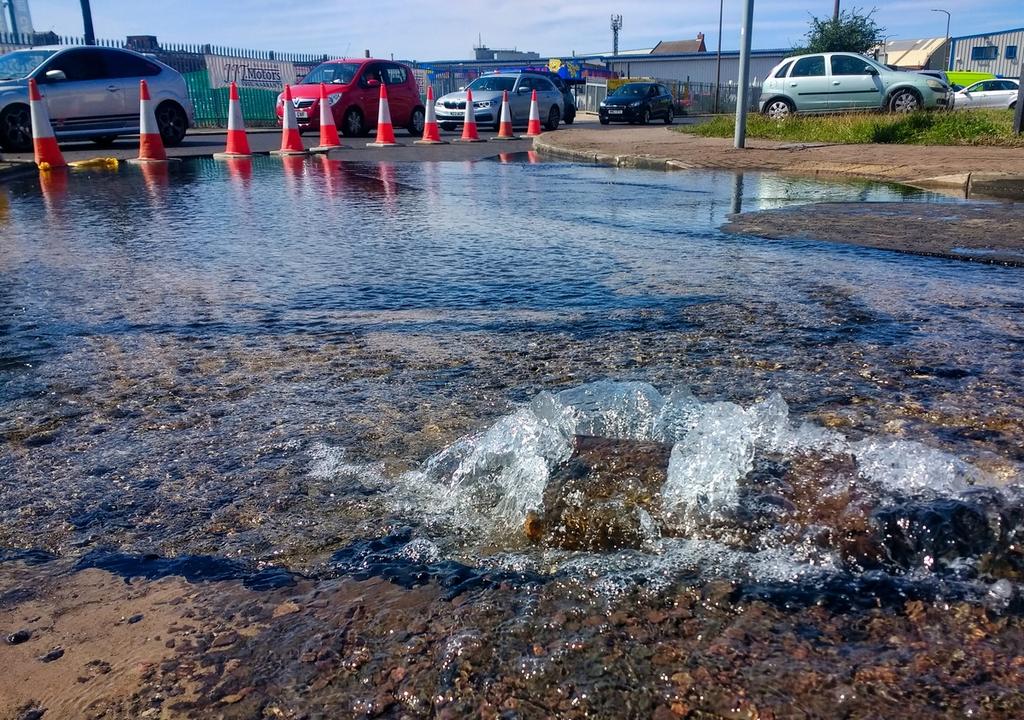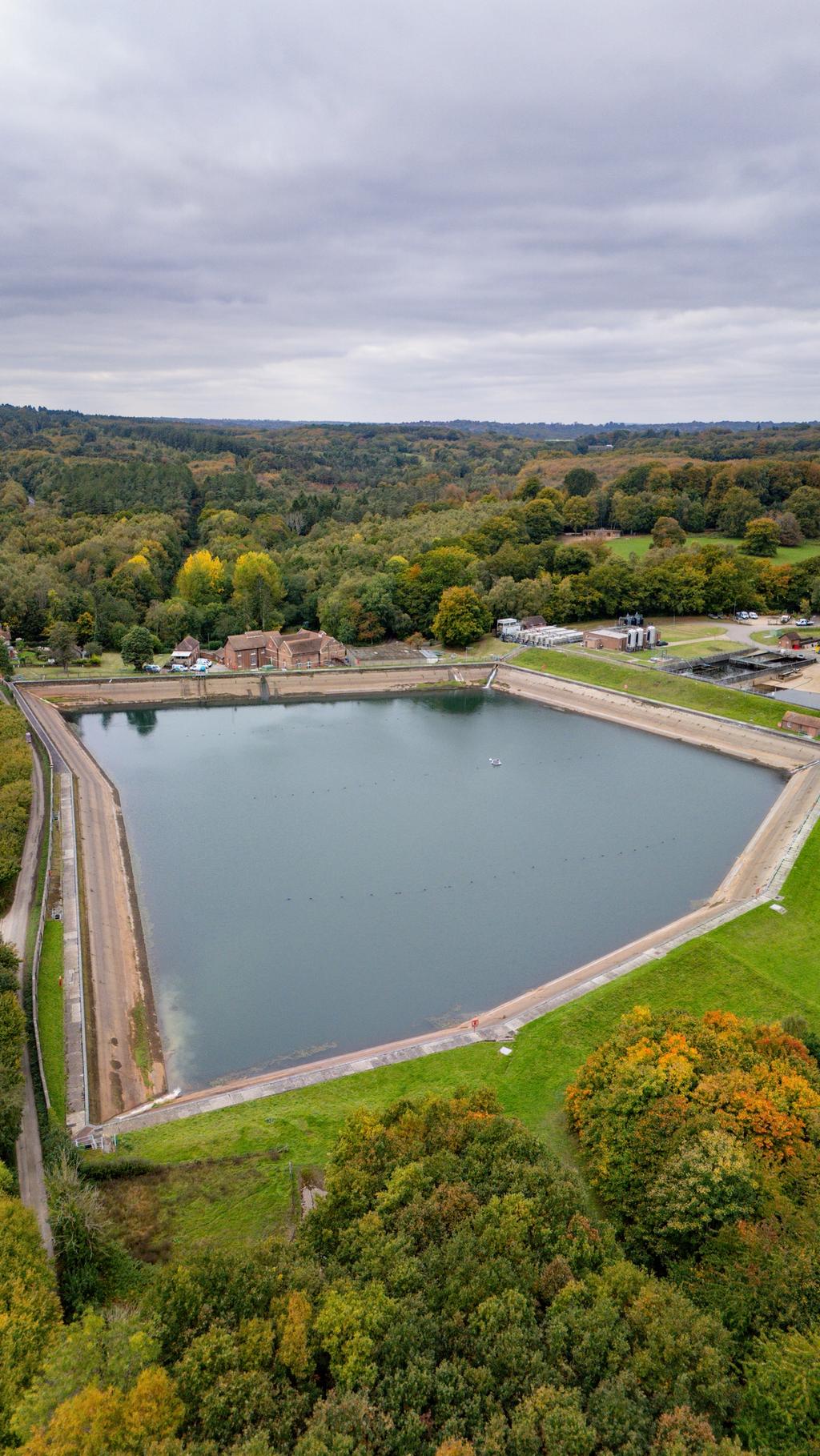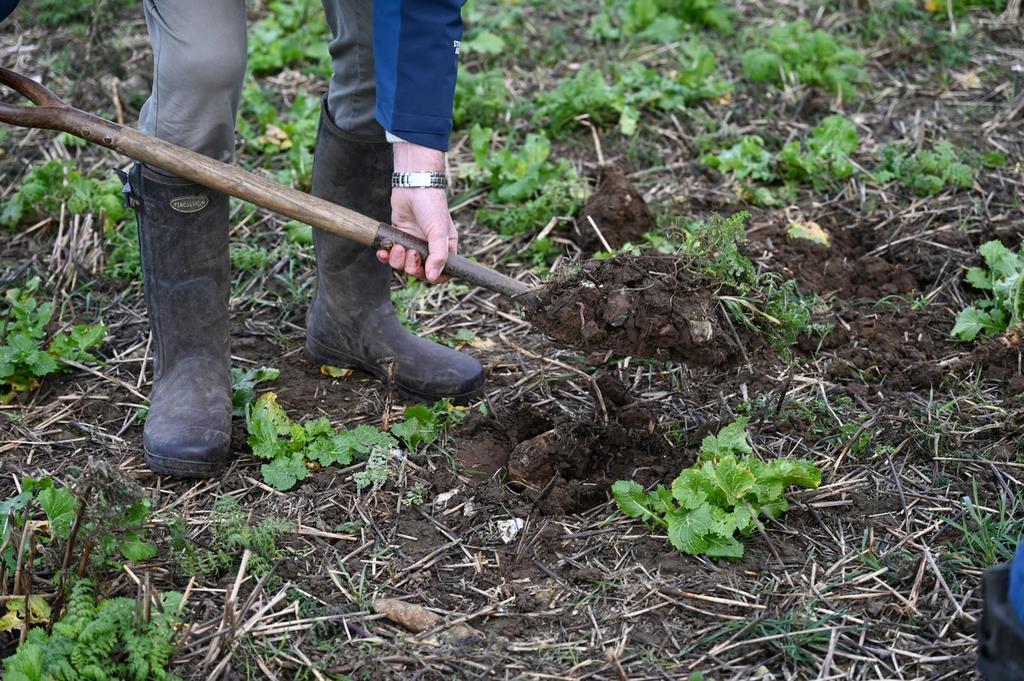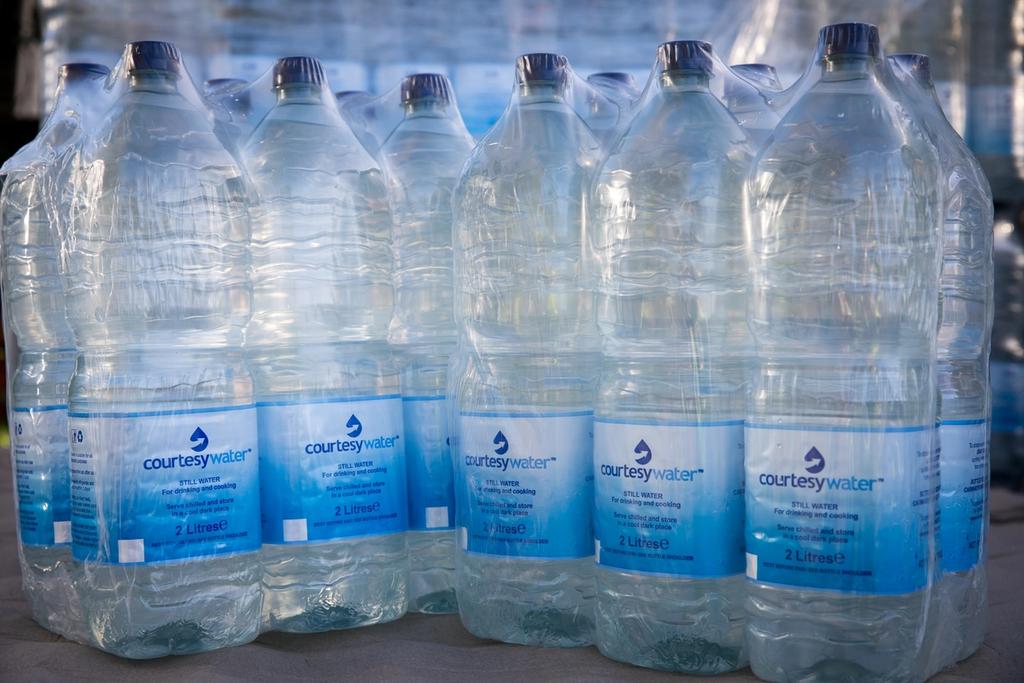The South East of England has faced exceptional challenges in 2025 due to a prolonged period of low rainfall and high water demand. This is impacting our water resources, including local rivers and reservoirs. Climate change is one of society’s greatest challenges and something we’re acutely aware of. We know this will continue to impact our communities for years to come and we need to prepare.
To secure a sustainable supply for all customers, it's vital that businesses such as schools and gyms, across our operational areas, take proactive steps to build water resilience.
Why Water Resilience Matters
The current situation, marked by one of the driest springs since 1893 and the hottest summer on record, has severely strained water resources, leading to enforced restrictions for both domestic and, increasingly, non-household customers. Water resilience is even more important as we navigate through this challenging period. Here's why it matters:

Protecting Your Supply
By reducing non-essential water use and planning for disruption, you help preserve the overall water resources, making it more likely we can continue to supply our domestic customers.

Preventing Business Disruption
Without intervention, there is a risk that customers may experience widespread issues like low pressure or no water. A strong contingency plan ensures you can maintain operations during planned or unexpected interruptions.

Long-Term Sustainability
Building resilience now helps our reservoirs recover faster before next summer and ensures a more stable water supply for your future operations.
Practical Steps to Boost Water Resilience
Integrating water-saving practices and preparing for interruptions can safeguard your business. A continuity plan is essential for preparing for the loss of utilities. We've shared some practical tips below for how businesses can get ahead of the curve and be prepared:

Agriculture
Install on-site storage tanks or cisterns for at least a week's supply for animals. Explore water-efficient irrigation techniques, such as drip irrigation, and schedule necessary abstraction for off-peak hours.

Hospitality
Keep a stock of emergency bottled water for essential drinking and handwashing. Develop protocols for temporary sanitation (e.g. chemical toilets) and train staff on waterless cleaning methods.

Leisure Industry
Clearly define the minimum water needed for facilities like toilets and showers to remain open. Consider rainwater harvesting or greywater recycling for non-potable uses. Plan for bringing in temporary water bowsers to top up essential systems.

Schools and Universities
Maintain an accessible stock of emergency drinking water. Establish a rapid communications protocol for staff, students, and parents in the event of closure, and identify local sources for emergency water.
Introduce Water-Saving Measures
Reduce your water footprint immediately with these simple changes:
Check for Leaks: Regularly check pipes, toilets (leaky loos), taps, and irrigation systems, especially outside of operating hours. A small leak can waste hundreds of litres daily. Take regular meter readings to quickly spot unexplained spikes in consumption.
Install Water-Efficient Fittings: Fit tap aerators, low-flow showerheads, and dual-flush or low-flush toilets/urinals to significantly reduce flow rates.
Operational Changes: Only run dishwashers and washing machines when fully loaded and use the most water-efficient (eco) setting.
Water Reuse: Install water butts or larger rainwater harvesting systems to collect water from roofs for non-potable uses like watering, washing vehicles, or cleaning. Use a sink bowl to capture and reuse water for washing vegetables or dishes.
Cleaning & Grounds: Swap running hosepipes for buckets and pressure washers, or use water-efficient spray nozzles with a shut-off trigger. Use drip irrigation or soaker hoses instead of sprinklers, watering during cooler, less windy times.
